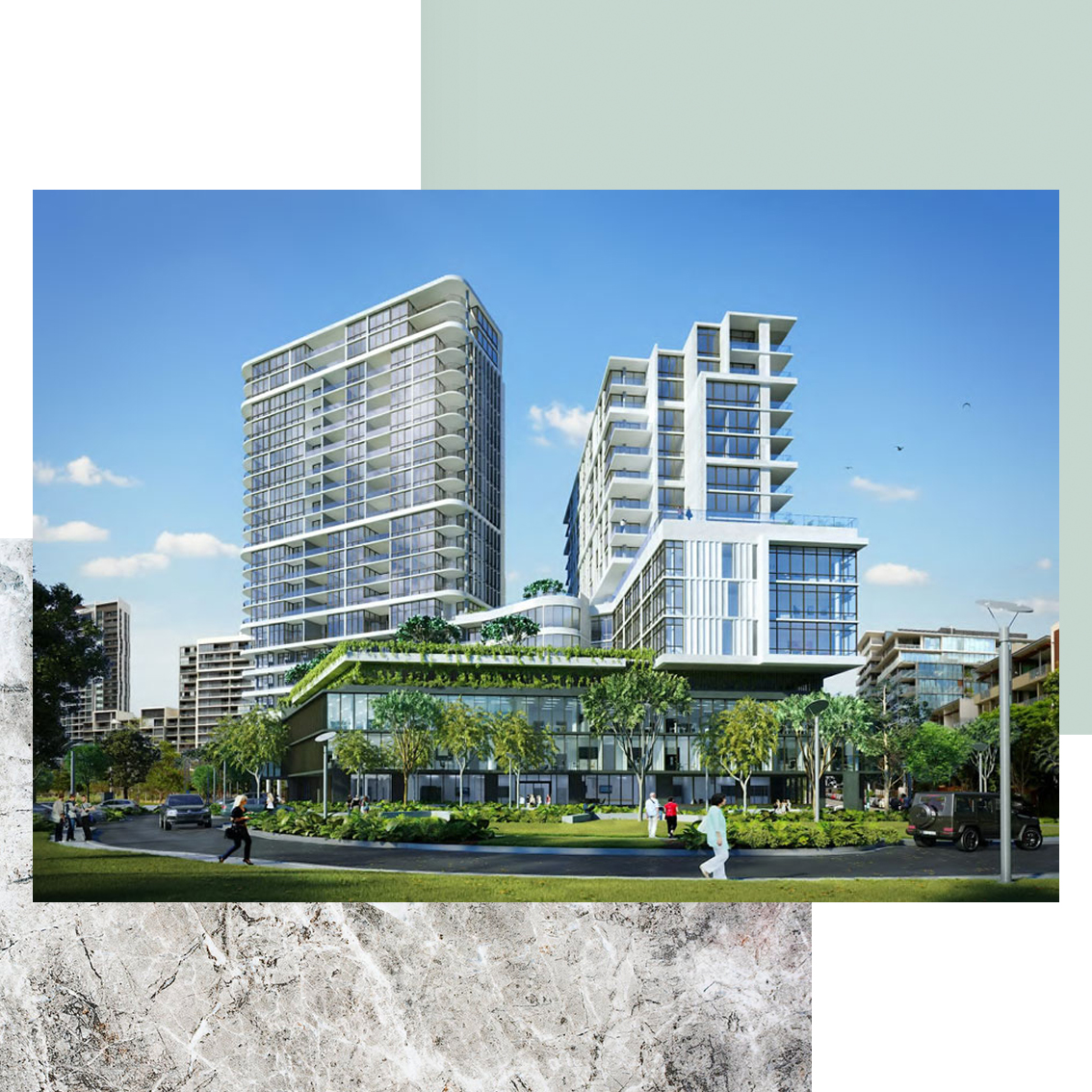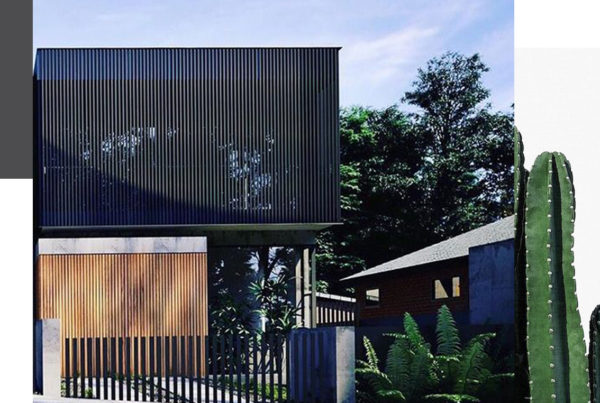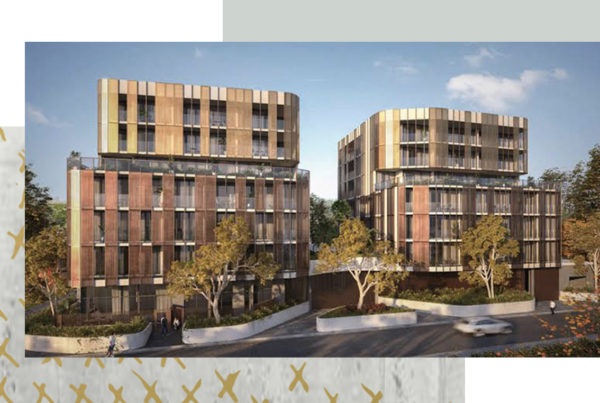
In recent weeks, we have written about the different development incentives currently available across South East Queensland local government areas and funding available under the National Disability Insurance Scheme. This has identified that for certain developments to be eligible they must achieve a “gold standard of living” which begs the question, what is a “gold standard of living”?
For the definition, both Brisbane City Council and the Federal Government refer to Livable Housing Australia’s Livable Housing Design Guidelines. This Guideline was developed in partnership with industry and the community and establishes nationally agreed guidelines on designing and building livable homes. It sets 15 liveable design elements for class 1 – 4 buildings and provides guidance on what performance is expected to achieve a:
- Silver standard of living;
- Gold standard of living; or
- Platinum standard of living.
To achieve a gold standard, the Dwelling must be designed to comply with the following requirements for each element detailed in the Livable Housing Design Guidelines.
1. Dwelling Access:
- Provide a safe, continuous step-free pathway from the front boundary of the property to an entry door to the dwelling. This provision does not apply where the average slope of the ground where the path would feature is steeper than 1:14.
- The path of travel referred to in (a) should have a minimum clear width of 1100mm and have:
- no steps
- an even, firm, slip resistant surface;
- a crossfall of not more than 1:40;
- a maximum pathway slope of 1:14
- Where ramps are required they should have landings provided at no greater than 9m for a 1:14 ramp and no greater than 15m for ramps steeper than 1:20. Landings should be no less than 1200mm in length.
- The path of travel referred to in (a) may be provided via an associated car parking space for the dwelling. Where a car parking space is relied upon as the safe and continuous pathway to the dwelling entrance, the space should incorporate:
- minimum dimensions of at least 3200mm (width) x 5400mm (length);
- an even, firm and slip resistant surface;
- a level surface (1:40 maximum gradient, 1:33 maximum gradient for bitumen);
- a vertical clearance over the parking space of at least 2500mm; and
- a covered parking space to ensure protection from the weather.
- A step ramp may be incorporated at an entrance doorway where there is a change in height of 190mm or less. The step ramp should provide:
- a maximum gradient of 1:10
- a minimum clear width of 1000mm (please note: width should reflect the pathway width)
- a maximum length of 1900mm
- Where a ramp is part of the pathway, level landings no less than 1200mm in length, exclusive of the swing of the door or gate than opens onto them, must be provided at the head and foot of the ramp.
2. Dwelling Entrance
- The dwelling should provide an entrance door with –
- a minimum clear opening width of 850mm; and
- a level transition and threshold (maximum vertical tolerance of 5mm between abutting surfaces is allowable provided the lip is rounded or beveled).
- reasonable shelter from the weather.
- A level landing area of at least 1350mm x 1350mm should be provided at the level (step free) entrance door. A level landing area at the entrance door should be provided on the arrival side of the door (i.e. the external side of the door) to allow a person to safely stand and then open the door.
- Where the threshold at the entrance exceeds 5mm and is less than 56mm, a ramped threshold may be provided.
- The level (step-free) entrance should be connected to the safe and continuous pathway as specified in Element 1.
3. Internal doors and corridors
- Doorways to rooms on the entry level used for living, dining, bedroom, bathroom, kitchen, laundry and sanitary compartment purposes should provide:
- a minimum clear opening width of 850mm; and
- a level transition and threshold (maximum vertical tolerance of 5mm between abutting surfaces is allowable provided the lip is rounded or beveled).
- Internal corridors/passageways to the doorways referred to in (a) should provide a minimum clear width of 1200mm.
4. Toilet
- Dwellings should have a toilet on the ground (or entry) level that provides:
- a minimum clear width of 1200mm between the walls of the bathroom if located in a separate room, or between amenities if located in a combined bathroom; and
- a minimum 1200mm clear circulation space forward of the toilet pan exclusive of the swing of the door in accordance.
- The toilet pan should be located in the corner of the room (if the toilet is located in a combined toilet / bathroom) to enable installation of grabrails at a future date. Reinforcement guidelines for walls in bathrooms and toilets are found in element 6.
5. Shower
- One bathroom should feature a slip resistant, hobless shower recess. Shower screens are permitted provided they can be easily removed at a later date.
- The shower recess should be located in the corner of the room to enable the installation of grabrails at a future date.
- The hobless shower recess described in (a) should:
- be located in a bathroom on the ground (or entry) level;
- provide dimensions of 900mm (width) x 900mm (length); and
- provide a clear space of 1200mm (width) x 1200mm (length) forward of the shower recess entry.
6. Reinforcement of bathroom and toilet walls
- Except for walls constructed of solid masonry or concrete, the walls around the shower, bath (if provided) and toilet should be reinforced to provide a fixing surface for the safe installation of grabrails.
- The walls around the toilet are to be reinforced by installing:
- noggings with a thickness of at least 25mm; or
- sheeting with a thickness of at least 12mm.
- The walls around the bath are to be reinforced by installing:
- noggings with a thickness of at least 25mm; or
- sheeting with a thickness of at least 12mm.
- The walls around the hobless shower recess are to be reinforced by installing:
- noggings with a thickness of at least 25mm; or
- sheeting with a thickness of at least 12mm.
7. Internal stairways
- Stairways in dwellings must feature:
- a continuous handrail on one side of the stairway where there is a rise of more than 1m.
- a minimum clear width of 1000mm;
- be straight in design; and
- be positioned adjoining a load bearing wall.
8. Kitchen space
- The kitchen space should be designed to support ease of movement and adaptation with:
- at least 1200mm clearance in front of fixed benches and appliances (excluding handles); and
- slip resistant flooring.
- Floor finishes should extend under kitchen cabinetry to enable cupboards to be removed without affecting the flooring. Where fixtures cannot be easily removed (eg. ovens which are built in) the floor finishes should not be continued.
9. Laundry Space
- The laundry space should be designed to support ease of movement and adaptation with:
- at least 1200mmm clear width provided in front of fixed benches and appliances (excluding handles). Where the appliances are not installed then the recessed area provision for an appliance shall be a minimum of 600mm in depth; and
- slip resistant flooring.
- Floor finishes should extend under laundry cabinetry to enable cupboards to be removed without affecting the flooring. Where fixtures cannot be easily removed the floor finishes should not be continued.
10. Ground (or entry level) bedroom space
- The dwelling should feature a space (or room) on the ground (or entry) level that:
- is of at least 10m2clearance exclusive of wardrobes; skirtings and wall lining;
- provides for a minimum path of travel of at least 1000mm on at least one side of the bed.
11. Switches and powerpoints
- Light switches should be positioned in a consistent location:
- between 900mm – 1100mm above the finished floor level; and
- horizontally aligned with the door handle at the entrance to a room.
- Powerpoints should be installed not lower than 300mm above the finished floor level.
12. Door and tap hardware
- Doorways should feature door hardware installed at between 900mm – 1100mm above the finished floor.
13. Family/living room space
No requirements.
14. Window sills
No requirements
15. Flooring
No requirements
Image: Artist’s impression of Ozcare’s proposed retirement community in Newstead , Edit: Rhiannon Smit



